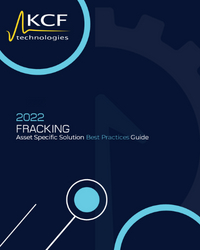Optimize Your Performance and Efficiency in 2022
Table of Contents
$1,118,573,089.29
Customer Savings
3,287
Downtime Hours Saved
15,764
Assets Monitored
Split Stream Pressure Optimization
The Problem
Split stream operations are when a frac spread runs clean fluid through a set number of pumps and dirty fluid (fluid with proppant and other dense materials) through the rest of the pumps.
Clean pumps typically run harder and are more likely to cavitate because the fluid is less dense.
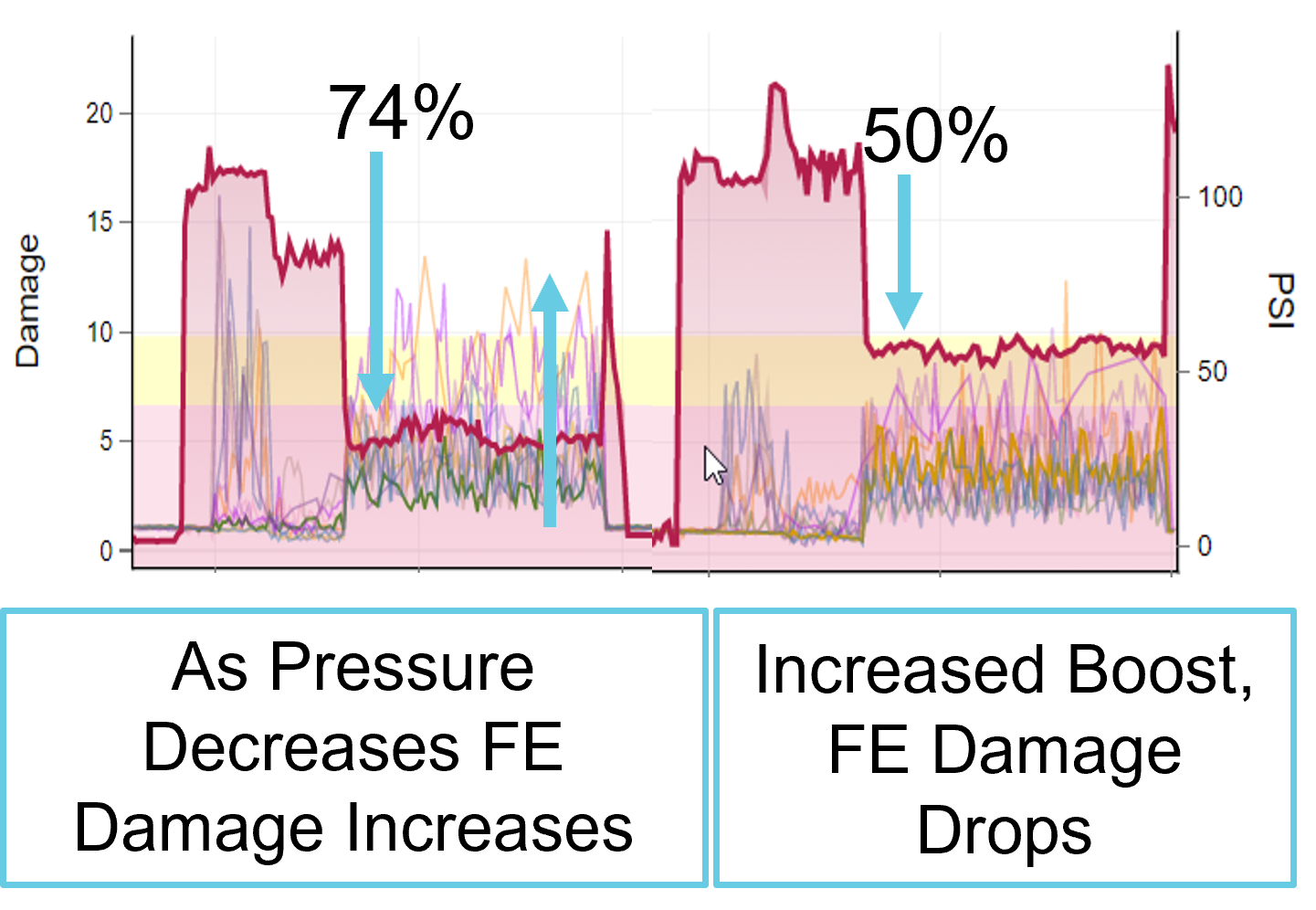
Cost of Asset Failures
- $3,200/hour Downtime Cost
- 60 Hours/Month Downtime
- $60,000 Replacement
Savings Potential
- $800,000/Month
- $50,000/Asset/Month
Asset Blind Spots
There are several inherent challenges related to monitoring split stream.
Contrary to customer belief, clean side pumps tend to run harder and cavitate more due to less dense fluid.
Without pressure sensors, you are blind to clean side pump cavitation.
Typically, pressure is set on the blender and is not adjusted regardless of rig-up design and pump needs.
A New Approach to Split Stream Pressure Optimization
Typically, pressure is set on the blender and is not adjusted regardless of rig-up design and pump needs.
Increasing boost pressure by 20 PSI, we see a 10% Reduction in fluid end damage and see a 15 PSI overall increase in minimum peak pressure and 15 PSI decrease in dP.

Hardware
- Pressure sensors placed on the four corners of the clean pumps in the frac spread
- Two on pumps closest to the blender and two on pumps furthest from the blender
Software
- Pressure analysis
- dP < 40 PSI
- Pmn > 60 PSI
- Fluid End Damage reduction
- Reduction of Cavitation
- Dashboards - Callout Reporting
Customer Inputs
- Schematics of pad layout/rig up design
- Flow Conditions
Training
- Sentry Support
- Site Visits: 3-4 Every Month
- In-Person Training
- KCF Academy
- Customer Training
- Asset Playbook
Ground Pig Optimization
The Problem
Frac fleets were noticing an increased amount of cavitation on fleets with a Blender and Ground Pig configuration. The ground Pig is a manifold that helps distribute pressurized fluid from the blender to the pumps. We decided to have the optimization team do an in-depth analysis of the ground Pig and found that utilizing the ports that are directly across from an inlet port should be used to best feed the pumps on location.
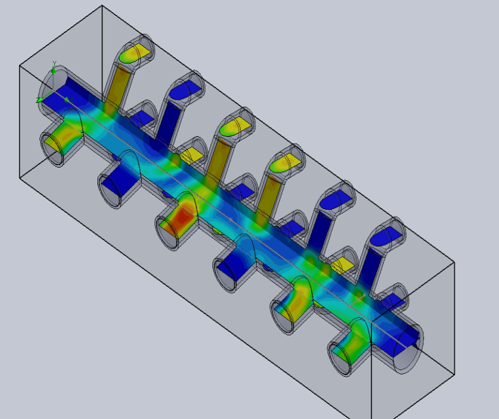
Cost of Asset Failures
- $3,200/hour Downtime Cost
- 60 hours/Month Downtime
- $60,000 Replacement
Savings Potential
- $800,000/Month
- $50,000/Asset/Month
Asset Blind Spots
There are several inherent challenges related to monitoring pressure and flow.
Cavitation is hard to detect with static pressure sensors – with the use of KCF’s Pressure sensors we can identify cavitation and poor flow on location
Cavitation is a symptom of poor pressure and poor flow on a frac spread by increasing boost pressure we can rule it out as a possible cause of the poor flow
The number and location of ports used are typically random making flow conditions from pad to pad inconsistent.
A New Approach to Ground Pig Optimization
Typically, this problem is solved by increasing boost pressure at the blender and a small prayer that it stops pumps from cavitating.
By utilizing the information that the optimization team has provided us we are able to recommend specific ports that should be used on the ground pig and the number and size of hoses that should be used. This optimizes the way the pumps are being fed and allows them to get the best pressure down the line.
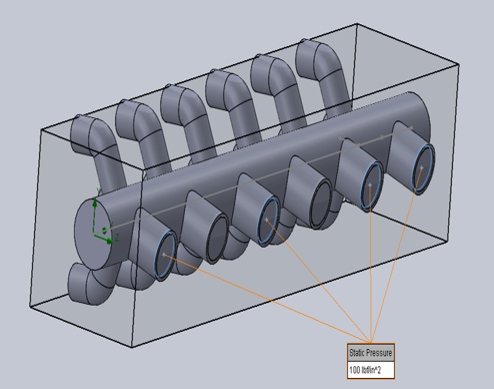
Hardware
- Pressure sensors were placed on the four corners of the frac spread
- Two on the pumps closest to the blender and ground pig
- Two on the pumps furthest from the blender and ground pig
Software
- Pressure analysis
- dP < 40 PSI
- Pmn > 60 PSI
- Fluid End Damage Reduction
- Reduction of cavitation
- Dashboards
- Callout Reporting
Customer Input
- Schematics of ground pig specifications
- Schematics of pad layout/rig-up design
- Flow conditions
Training
- Sentry Support
- Site Visits: 3-4 Every Month
- In-Person Training
- KCF Academy
- Customer Training
- Asset Playbook
High Pressure Iron
The Problem
High-Pressure Iron is one of the leading causes of downtime in Hydraulic Fracturing Operations. A frac spread is riddled with dangerous blind resonance conditions since each pump and spread configuration has its own unique resonance frequency. Resonance is a system's natural frequency and causes catastrophic failures when excited.
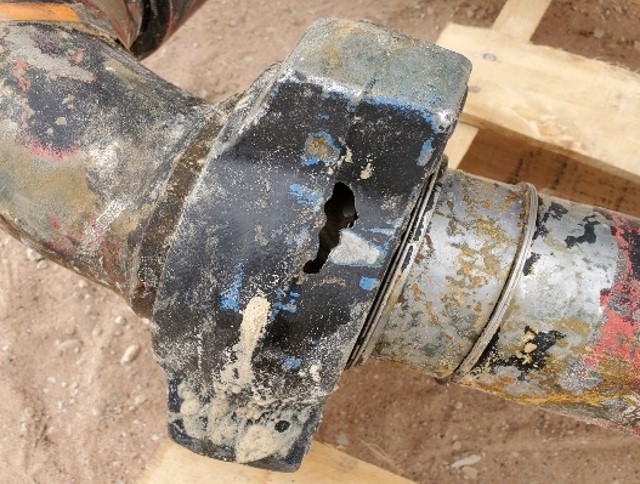
Cost of Asset Failures
- $3,250/hour Downtime Cost
Savings Potential
- $250,000/Average Failure
Asset Blind Spots
There are several inherent challenges related to monitoring high-pressure iron.
Blind resonance zones are often undetectable by the human ear and eye.
High pressure iron is often a symptom of pumping in resonance zones. We need to reduce pump time in these resonance zones to mitigate iron failures.
When pumping in blind resonance zones it doesn’t take long for a catastrophic iron failure to occur.
A New Approach to Monitoring High Pressure Iron
Real-time monitoring of frac iron coupled with pump rate integration enables the operator to…
- Identify when a pump is in a specific resonance zone.
- Document that resonance zone for future shifts and operators.
- Avoid fleet resonance or super-position between multiple pumps.
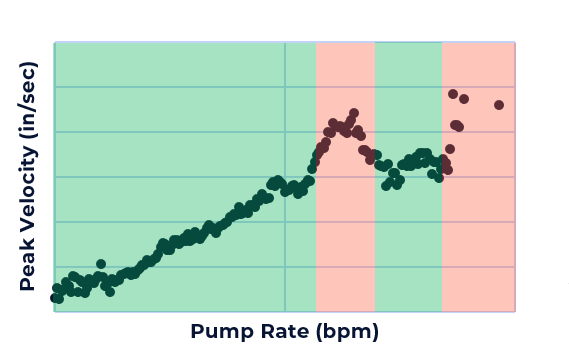
Hardware
- One sensor installed on each iron connection and one sensor installed on each missile iron connection
- Pressure transducers can be installed as well to monitor Pos. & Neg. Peak & dP.
Software
- Customizable Threshold Settings
- Indicators
- Sensor Configurations
- Dashboards
- Technical Reporting
Customer Inputs
- Monitoring high-pressure iron and recognizing when you’re pumping in high resonance zones based on pump rate.
- Once identified that we are in a high resonance zone, change pump rate accordingly to get out of the high resonance zone.
Training
- Sentry
- Weekly Site Visits
- Training
- In-Person
- KCF Academy
Contaminated Oil Tote
The Problem
The KCF team noticed several pumps showing signs of a lubrication issue on the Fluid Ends. Upon digging into why so many pumps were showing the same issue we discovered that the oil tote that was being used to fill all the pumps was contaminated.
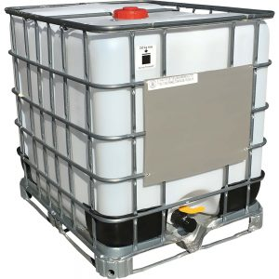
Cost of Asset Failures
- $3,200/hour Downtime Cost
- 60 hours/Month Downtime
- $60,000 Replacement
Savings Potential
- $800,000/Month
- $60,000/Asset/Month
Asset Blind Spots
There are several inherent challenges related to monitoring Fluid Ends.
Lubrication is inspected on a time-based schedule and easily missed if oil is contaminated.
Lubrication issues are often left unnoticed until other symptoms start to show.
Oil totes are exposed to the elements and at a higher risk of contamination.
A New Approach to Identifying Contaminated Oil
Without KCF monitoring this problem goes unnoticed until there are failures or until someone notices the tote is contaminated.
By monitoring the pumps this oil goes in we can see if or when there is a lubrication issue within these pumps.

Hardware
- Sensors are placed on the underside of the fluid end - one on Hole One and one on Hole Five
Software
- Damage Accumulation Analysis
- Fault Identification
- Cause correlation
- Dashboards
- Callout Reporting
Customer Inputs
- Schematics of systems/equipment
- Response to Callouts
- Investigation of the reported fault
- Root cause investigation
Training
- Sentry site visits for assessment and installation
- Sentry in-person training
- KCF Academy
- Customer training and handbooks
- Asset playbook
I am excited to drive continuous improvement in partnership with you, find new efficiencies, take on complex challenges, and decrease downtime across the upstream oil & gas space while making your team's work life safer and productive. Please contact me to discuss your unique asset challenges!


